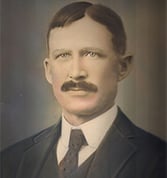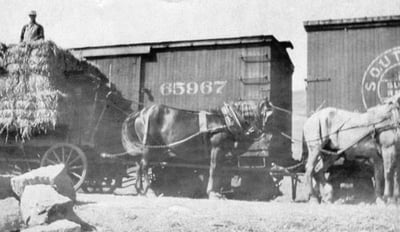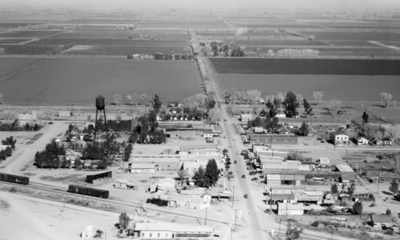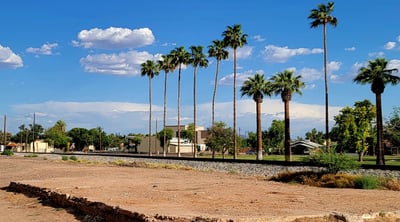How the Railroad Shaped Gilbert, Arizona
The railroad played a pivotal role in shaping the early identity and growth of Gilbert, Arizona. In 1902, William “Bobby” Gilbert sold a parcel of land to the Phoenix and Eastern Railroad Company, allowing them to build a rail line between Phoenix and Kelvin. This seemingly simple transaction laid the foundation for the town itself: a rail siding was established on Gilbert’s property, and the community that grew around it adopted his name.


With the arrival of the railroad in 1903, Gilbert quickly evolved into a thriving agricultural hub. The rail line enabled farmers to ship their goods—especially hay, alfalfa, and livestock—across the region and beyond. During World War I, Gilbert earned the nickname “Hay Shipping Capital of the World”, as local farmers supplied hay to the U.S. Army for its cavalry horses. The railroad depot, built in 1905, became a central fixture of town life, facilitating commerce and communication until its demolition in 1969.




Beyond economics, the railroad helped shape Gilbert’s social and cultural landscape. It attracted settlers, spurred the development of businesses like Ayer’s Grocery Store (which doubled as the first post office), and laid the groundwork for Gilbert’s incorporation in 1920. Though the town remained small for decades, the railroad’s legacy endured—its tracks symbolizing the connection between Gilbert’s rural roots and its eventual transformation into one of Arizona’s fastest-growing communities.
Today, echoes of the railroad era live on through historical preservation efforts and the town’s layout, which still hints at its track-side origins. If you look close enough you can find hidden gems such as the Gilbert Station Foundation. For railroad enthusiasts and history buffs alike, Gilbert stands as a powerful reminder of how rail lines didn’t just move freight—they forged communities.


